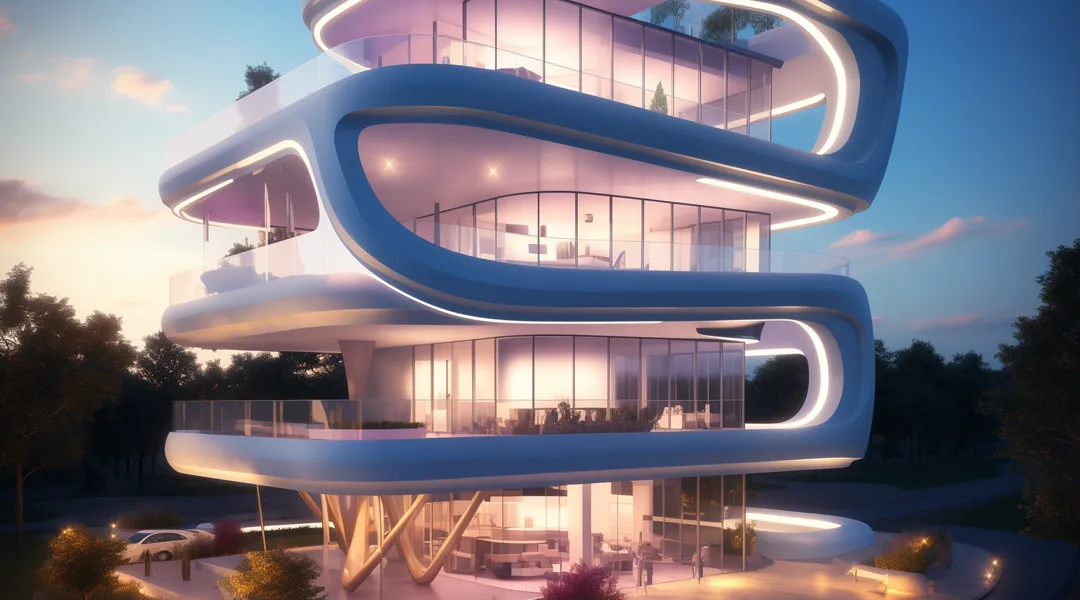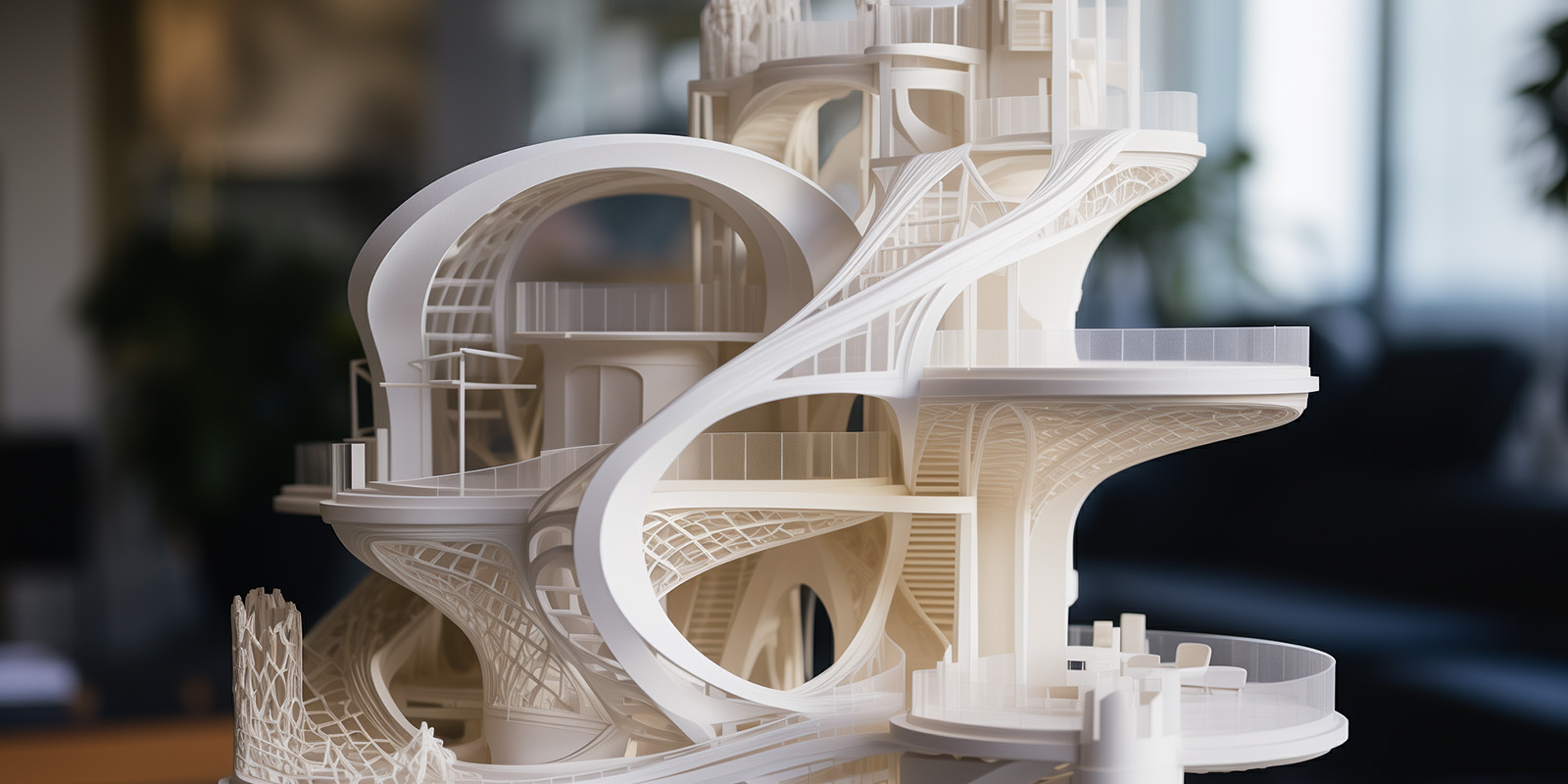Has the digital revolution also touched the world of architecture and the way we design?
The answer is certainly yes.
Digital revolution and architecture: the approach to design has changed.
Architecture is a discipline in constant evolution, and technological innovation has given rise to a series of tools that are transforming the approach to architectural design.
These innovations have made architectural design more efficient, precise, fast, and environmentally friendly than ever before.
In this article, we will see which tools professionals use to develop their architectural projects (and which they probably cannot do without anymore).

BIM: the revolution of architectural design
At the forefront, we certainly find BIM – Building Information Modeling.
The widespread adoption of BIM represents a significant advancement in architectural design for several reasons:
- it enables detailed analysis before the project moves to the construction phase. These analyses can cover aspects such as sustainability, energy efficiency, structural safety, and other crucial factors for project success;
- it facilitates collaboration among different professionals, such as architects, engineers, and builders. Everyone can work on the same model, allowing for more direct communication and immediate sharing of changes, reducing the risk of errors, and improving project consistency;
- by identifying and resolving potential issues during the design phase, BIM helps reduce construction errors and the costs associated with ongoing changes.
In summary, the use of this technology allows for time and resource savings, improving project management and reducing errors.
3D Printing: new frontiers for Architectural Design
3D printing is also redefining the approach to architectural design, through three keywords: innovation, sustainability, and customization.
3D printing enables the construction of realistic-scale prototypes, which help communicate the design and overall vision of the project more effectively.
This technology facilitates the realization of complex shapes and structures that would be difficult or costly to produce with traditional methods. This gives architects the freedom to explore innovative and personalized designs, bringing unique architectural solutions to life.
Another point in its favor is sustainability since, thanks to its precision, it reduces material waste by placing them only where necessary.

VR and augmented reality: communication in architectural projects
Virtual Reality (VR) and the Augmented Reality (AR) also represent a revolution in the architectural design process.
There are mainly two reasons:
- Immersive visualization of projects – allowing industry professionals to explore virtual spaces and identify potential issues early on.
- Client involvement – presenting in VR engages clients more deeply, enhancing their understanding and speeding up the decision-making process.
Overall, VR contributes to reducing design errors, saving time, and costs in the lifecycle of architectural projects.
Technological innovations: transforming design phases
The architecture of the future is digital, ecological, and connected.
Embracing these innovative technologies can increase the efficiency of the design process, enabling the creation of more sustainable and intelligent buildings.
At ORBYTA ENGINEERING, we have already integrated these and other tools into our workflow, achieving tangible results in terms of precision, efficiency, resource optimization, and sustainability.
Check out our portfolio!

